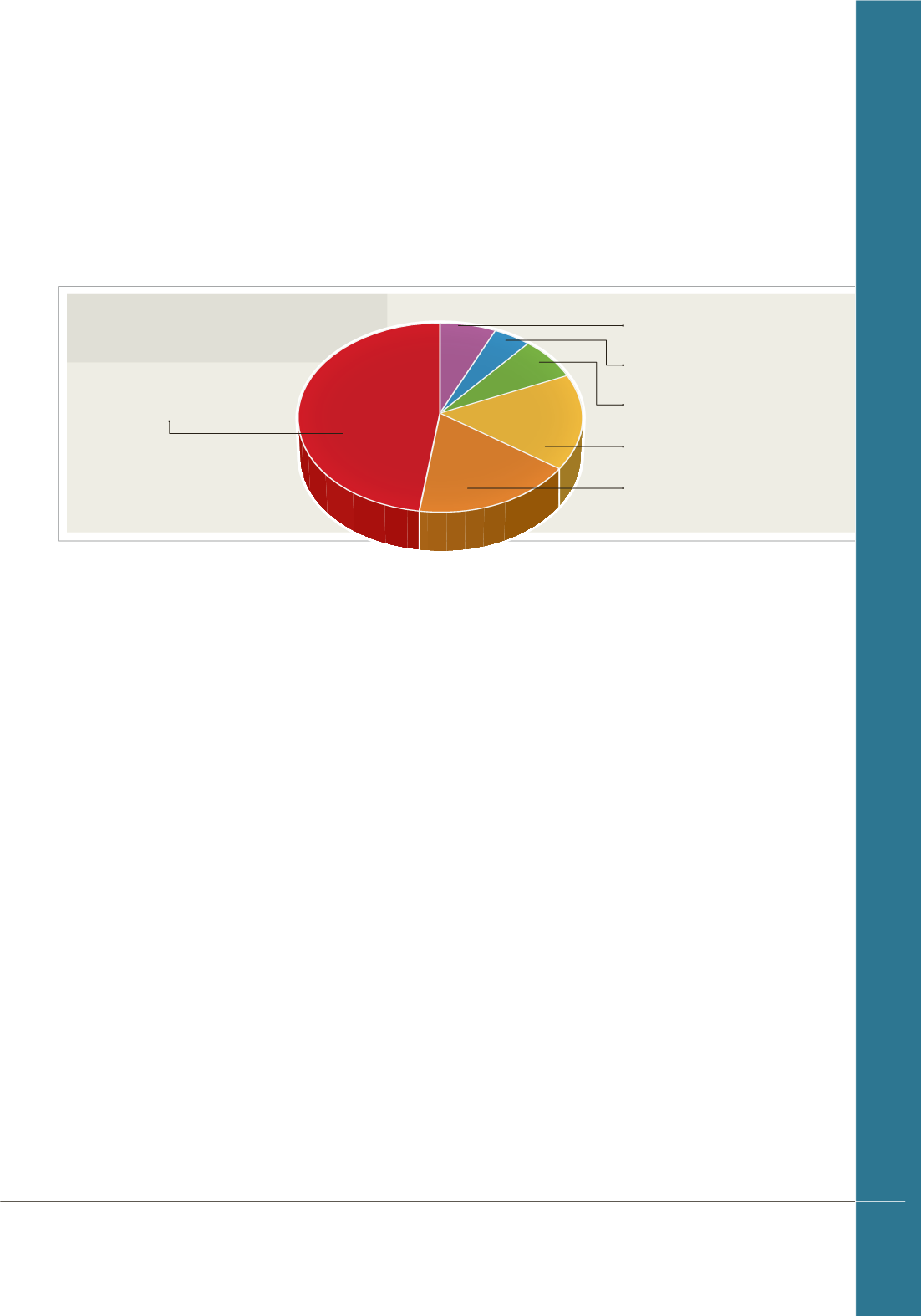

Third-Party Damage: A Problem
That Knows No Boundaries
Jeff Foote, Director, Pipeline Integrity Tech-
nology, at global pipeline services company T.D.
Williamson, has been analyzing third-party
damage for a decade. His interest in the topic
was piqued when he became involved with the
Association of Oil Pipelines, an organization of
pipeline operators in the United States that has
studied the causes of pipeline incidents.
Although the group identified other issues
that contributed to pipeline failure – among them,
structural flaws, fatigue, age, and even operator
error – third-party damage clearly topped their list.
Utility excavation in shared rights of way is a major
source of damage, often occurring when giant
mechanical shovel teeth graze a pipeline’s exterior.
But mechanical shovels aren’t the only potential
source of damage: Even something as seemingly
innocuous as a farmer tilling his field has caused
everything from pipeline dents to explosions.
These are situations that know no national
boundaries.
CEPA, the Canadian Energy Pipeline Association,
points to “accidental damage caused by excavation
and construction around pipelines” as “one of the
greatest single causes of damage to pipelines.”
Similarly, the 17 major gas transmission
system operators who comprise the European Gas
Pipeline Incident Data Group (EGIG) report that
by far the greatest cause of loss-of-gas incidents is
external sources.
And in the United States, the Pipeline Hazardous
Materials Safety Administration (PHMSA) calls
“third-parties digging in the vicinity of buried
pipelines the greatest threat to pipeline safety.”
For all of this common concern, there are,
fortunately, widely available damage detection and
repair solutions, including new and innovative
technologies, from detector dogs like Max to
virtual microphones and inline inspection tools.
And each solution has a place in a comprehensive
pipeline integrity program.
On The Scent: Detector Dogs
Go Straight To The Source
The reason a dog can locate gas pipeline leaks is as
plain as the nose on its face: The canine sense of
smell is anywhere from 10,000 to 100,000 times
more acute than ours. For perspective, if we were
talking about sight instead of smell, an object that
a person could see from a half of a kilometer (third
of a mile) away could be seen by a dog 4,800 km
(3,000 miles) away, just as clearly.
But that’s just one of the innate abilities that gives
dogs a leak-locating advantage, says Ron Mistafa.
Not only can dogs be trained to detect
thousands of substances, they can find quantities
of lost product as small as 0.07 ml. Dogs are also
portable and have built-in locomotion, which
makes them capable of inspecting long lengths of
pipe each day. And they’re generally quite quick at
their craft: Mistafa says that one of his dogs found
a leak in a record five minutes.
Dogs also offer spot-on precision. “Where the
dog starts to dig, that’s where the leak is,” Mistafa
explains. “As a result, the operator only has to dig
once to do the repair.”
I N N O V AT I O N S • V O L . V I I , N O. 1 • 2 0 1 5
F E AT U R E S T O R Y
DISTRIBUTION OF PIPELINE
INCIDENTS BY CAUSE
THIRD-PARTY DAMAGE
| 48.4%
OTHER AND UNKNOWN
| 6.6%
HOT-TAP MADE BY ERROR
| 4.8%
GROUND MOVEMENT
| 7.4%
CORROSION
| 16.1%
CONSTRUCTION DEFECT/
MATERIAL FAILURE
| 16.7%
23
Source: EGIG



















